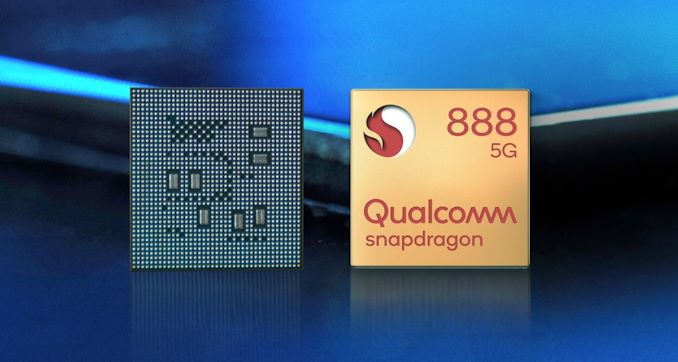The Qualcomm WTR2965 is a versatile, multi-mode RF front-end chip that supports 5G, 4G LTE, 3G, and 2G technologies, providing broad frequency support and high integration for Mobile Devices.
Here are some equivalent chips to the Qualcomm WTR2965 from other leading manufacturers, offering similar multi-mode, multi-band, or multi-standard support for mobile Wireless Communications:
1. MediaTek RF Solutions (e.g., MT6369 or MT6393)
Type: RF Front-End (RFFE) solutions
Features: MediaTek’s chips, such as MT6369 or MT6393, provide integrated support for 5G, LTE, and earlier standards (3G/2G). MediaTek's chips often focus on both sub-6 GHz and mmWave 5G bands, similar to Qualcomm's offerings.
Application: Widely used in MediaTek-powered smartphones and IoT devices.
2. Broadcom BCM4389
Type: Integrated RF Front-End (RFFE) chipset
Features: This chip supports multiple wireless standards, including 5G, Wi-Fi 6, and Bluetooth, offering excellent performance for high-speed, multi-band, and multi-standard mobile applications.
Application: Typically used in premium smartphones and mobile devices.
3. Skyworks SKY852xx Series
Type: RF Front-End Modules
Features: Skyworks offers a series of chips that support 5G NR, LTE, and earlier technologies. Their modules combine multiple RF functions, including power amplification, low-noise amplification, and filtering for a range of frequency bands.
Application: Mobile phones, IoT devices, and automotive applications.
4. Qorvo QPF4001
Type: RF Front-End Module
Features: Qorvo’s QPF4001 is designed for 5G and LTE applications, offering high integration of Power Amplifiers and low-noise amplifiers. It supports a broad frequency range across multiple bands.
Application: Used in 5G smartphones and other connected devices.
5. Intel XMM 8160
Type: 5G Modem with integrated RF Front-End
Features: Intel’s XMM 8160 modem, which integrates 5G NR (sub-6 GHz and mmWave), 4G LTE, and 3G/2G. It is highly integrated and suitable for high-performance 5G use cases.
Application: Primarily used in mobile devices and laptops with 5G capabilities.
6. Huawei HiSilicon Balong 5000
Type: 5G Baseband and RF Solution
Features: The Balong 5000 integrates both baseband processing and RF capabilities, offering support for 5G, 4G, 3G, and 2G in both SA and NSA 5G modes. It supports both sub-6 GHz and mmWave frequencies.
Application: Primarily found in Huawei's high-end smartphones and other telecom products.
7. NXP/Freescale RF Modules (e.g., NXP 5G RF Solutions)
Type: RF Front-End Solutions
Features: NXP’s RF solutions cover a wide range of 5G, 4G LTE, and 3G/2G frequency bands. They focus on high efficiency, low power consumption, and multi-band operation.
Application: Smartphones, automotive, and industrial IoT applications.
8. Samsung Exynos Modem 5123 (with integrated RF)
Type: Integrated 5G Modem with RF Front-End
Features: Samsung’s Exynos 5123 modem integrates 5G NR (sub-6 GHz and mmWave) as well as LTE and earlier generations, similar to Qualcomm’s multi-mode solutions. It is built for high-performance 5G connectivity.
Application: Used in Samsung's smartphones and mobile devices.
Key Similarities:
Multi-Mode Support: These chips support a broad spectrum of cellular technologies, including 5G, LTE, 3G, and 2G, making them suitable for global roaming and multi-network compatibility.
Frequency Coverage: They typically cover a wide range of frequency bands, including both sub-6 GHz and mmWave 5G frequencies.
Integration: These solutions combine multiple RF functions (e.g., power amplifiers, low-noise amplifiers, filters) into a single chip or module, similar to the high integration of the Qualcomm WTR2965.
Conclusion:
The chips listed above offer similar functionality to the Qualcomm WTR2965 in terms of multi-mode, multi-band, and high-performance wireless communication. They are used in flagship smartphones, IoT devices, and other applications requiring robust wireless connectivity across multiple cellular generations (5G, LTE, 3G, and 2G).
Other

What is HBM (High Bandwidth Memory)?
2024.09.05

What is Antenna Tuner IC?
2024.09.20

What’s the Difference between LPDDR and DDR?
2024.09.25

Snapdragon 888 5G Mobile Platform
2024.09.26

What is WiFi 6E?
2024.09.26

What is Bluetooth Audio SoC?
2024.09.26

What's HBM3E (High Bandwidth Memory 3)?
2024.09.26

What is an Audio Codec?
2024.10.09





